Clean energy and transport themes to watch in 2024
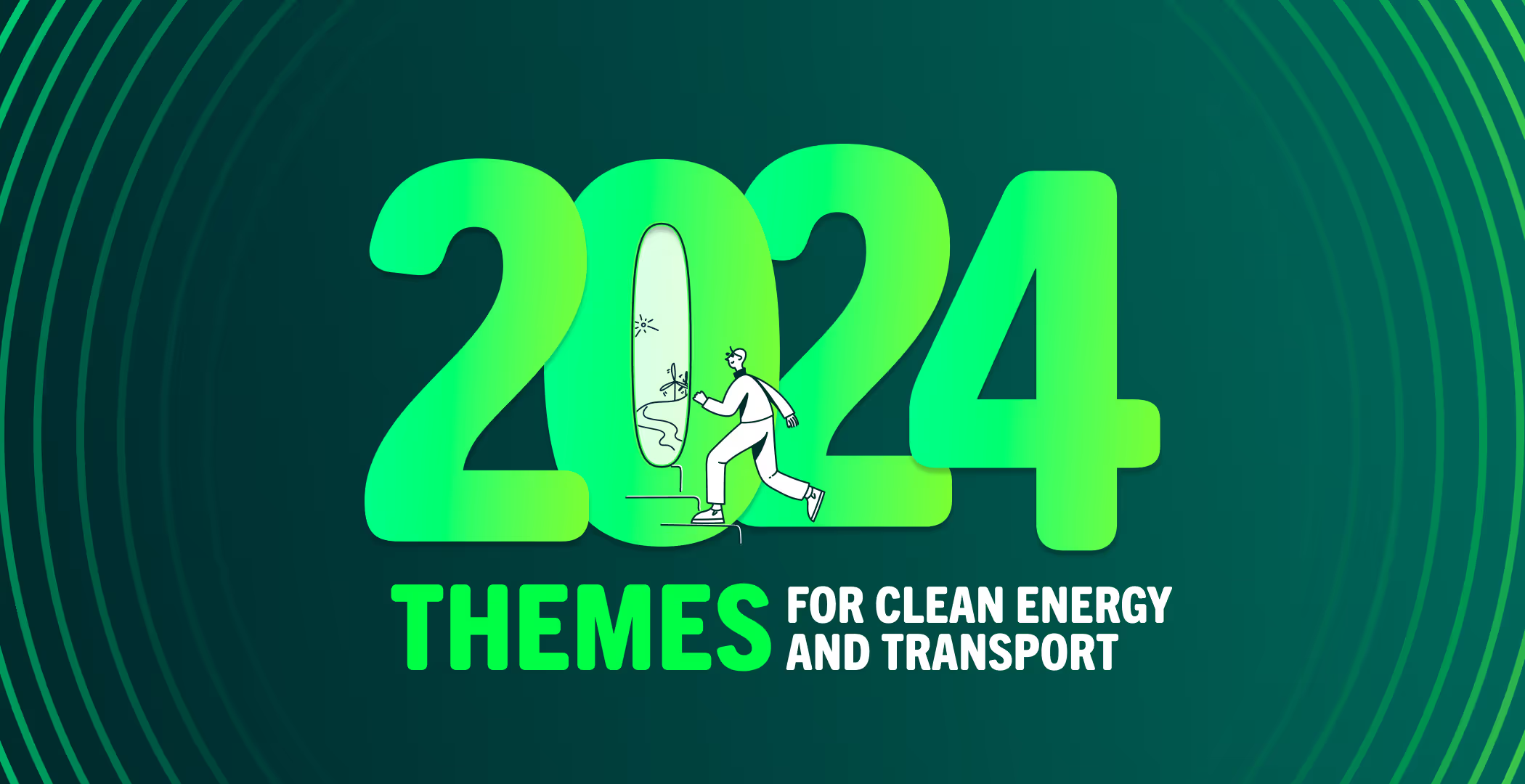

Our CEO and Co-Founder, Nick Woolley, shares an outlook for clean energy and transport in 2024.
2023 was marked by unstoppable momentum for the electric vehicle industry. EV adoption grew ~70% in North America and ~60% in Europe to over 8 million and 4.5 million plug-in vehicles in these markets respectively.
EVs are our route to decarbonize transport, but we must integrate them with the grid.
That’s our mission at ev.energy - and in 2023 we reached significant milestones in the journey. We welcomed 19 new strategic partners, doubled our team to over 100 members, and continued to grow our user base and revenues at over 100% year-on-year.
As we enter 2024, it’s a great time to reflect, give thanks, and prepare everyone for the next phase of growth in the clean energy and transport sectors.
Here are our thoughts about the themes set to play a significant role in 2024.
Theme 1: More EVs than ever will be powered by the sun and wind

There is no better feeling than powering your EV with free, zero-carbon, renewable energy. The obvious way to do this is by pairing solar panels on your home with a smart charging solution, like ev.energy SOLAR, to soak up excess energy with your EV.
While higher interest rates knocked solar in the latter half of 2023, the case for charging an EV with solar energy is compelling, and we see time and time again customers investing in an EV and solar panels together. Expect this to continue in 2024.
In addition to solar, wind energy is set to become a dominant force this year and beyond - with the National Energy Administration for China expecting offshore wind capacity to double by 2025.
Despite recent hiccups in offshore wind projects in the UK and US, the industry is gearing up to showcase wind power as a clean, cost-efficient method for generating power. With major projects such as South Fork Wind off the coast of Connecticut and Hornsea 3 in the North Sea, we expect to see wind power high on the global agenda.
The challenge with wind energy is that it’s intermittent, so it needs to be matched with flexible demand and transported over the energy grid efficiently. When paired with more accurate generation forecasts, such as through the recently announced Artificial Forecasting innovation project in the UK or Nova Scotia Power’s innovative wind and EV charging program, EV Virtual Power Plants (VPPs) stand to play an increasingly effective and crucial role in harnessing this green energy.
In fact, I’m personally excited about pairing my own EV charging with Ripple Energy’s new Kirk Hill wind farm when it launches in the UK later this year.
Theme 2: Energy companies will share millions in savings with drivers who help the grid

There isn’t an energy company in the world that isn’t thinking about how to manage EV demand. This is driven by a fear of what the extra load will do to the grid, but also a genuine desire to support and delight EV drivers.
The best way to integrate EVs into the energy system is through designing engaging propositions that incentivize drivers to charge at the best times for the grid. Not only does this save money for the driver and the energy company, but these savings can also be passed on to all consumers.
In 2024, energy companies will roll out savings to drivers all over the world. For example, the California Energy Commission’s 2024 REDWDs (Responsive, Easy Charging Products with Dynamic Signals) initiative will convert electricity customers to flexible rate plans. Targeting EV drivers and low-income households, these dynamic tariffs are poised to unlock exponential growth across statewide EV charging incentives. Drivers will save hundreds of dollars on hardware and energy costs, and the grid will benefit from more responsive EV demand.
Everyone at ev.energy is excited to be supporting EV owners to save millions in 2024, because we know that every dollar, pound, or euro we save for them, also helps us reduce carbon emissions, and cut bills for all electricity consumers. We call this a win-win-win at ev.energy.
Theme 3: EVs virtual power plants will become the fastest way to build a power plant in 2024

In the past, energy utilities built power plants out of concrete, through decade-long construction projects that often took longer and cost more than expected.
In 2024, several million new EVs will roll onto our roads across Europe and North America, unlocking new flexibility faster than ever before.
A million EVs connected to our VPP is roughly 1 GW of energy - the size of a large power station. Roll in V2X, and we will soon deliver more capacity than the biggest power plant humans have ever built.
2024 will be the year when VPPs become the most economical and fastest route to build capacity on the grid, everywhere in the world.
Theme 4: EV charging will be increasingly actively managed, moving towards bi-directional

EV charging started in the early 2010s with drivers charging as soon as they plugged in. This was convenient for drivers, but painful for grid operators. That is because EV owners across the world tend to plug in at 6 pm, which is when our grids are most congested.
To counter this challenge, static time-of-use rates incentivized EV drivers to manually schedule their charging for when the rate is lowest. However, these rigid static rates are a blunt instrument, with a nasty secondary peak side effect that creates havoc on the local distribution grid.
As we head into 2024, more energy companies and drivers will move away from static rates and passive management, and towards solutions that enable active management of EV charging. This is the only way to ensure EVs charge at the best times for the grid while respecting the drivers’ need to wake up to a fully charged vehicle.
Flexing load in real time enables drivers to pair their charging with dynamic conditions, including variable generation like wind and solar.
Active EV charging management will also increasingly include technologies like vehicle-to-home (V2H) and vehicle-to-grid (V2G) bi-directional charging - such as delivered through our V2X flex project in the UK.
Unlocking bi-directional charging is a game-changer in managing energy use. Expect to see a shift from experimentation into commercial product offerings in 2024.
Theme 5: Fleets, commercial drivers, and multi-tenant housing will push managed charging outside the home

While private consumers with driveways and garages have made a vital contribution, the industry must look beyond this segment to unlock greater EV flexibility.
2024 will be the year when demand management moves outside the home. Fleets will be driven by a commercial imperative to charge at the cheapest times. Meanwhile, we expect managed charging regulations to extend to multi-unit dwellings and commercial sites - incentivizing more drivers to charge at the right times for the grid.
The rise of queues at rapid chargers also points to a chronic need to manage demand outside of the home. Curtailing charging at rapid chargers is never going to be a tenable solution, but we fully expect to see more solutions that increase utilization and reduce queuing. For example, by offering fleets and their drivers time-varying rates and incentives to rapid charge when congestion is lower.
Theme 6: EV price drops and battery innovation will continue to support EV sales growth

Despite the UK’s petrol and diesel vehicle ban pushback from 2030 to 2035, the EV revolution continues to gain momentum on a global scale.
Fueled by schemes like the US federal clean vehicle credit, substantial investments from National Electric Vehicle Infrastructure (NEVI) funding, and public utility initiatives, the EV landscape is expanding and reaching even more rural areas.
While Tesla maintains a big market share, brands like BYD are reshaping the competition. Tesla even recently announced they are working on a low-cost $25,000 model.
All this points towards the stage being set for EVs to further penetrate the market, inching closer to becoming price-competitive with traditional combustion vehicles.
Closing thoughts
In 2024, ev.energy will remain committed to our mission of delivering delightful experiences for our drivers and enabling EV load to unite harmoniously with the energy system.
In doing so, we’ll work together with our partners to put cash back in the pockets of EV drivers and every electric consumer, support the rollout of more EVs and renewable energy sources, and wean the world further off of dirty fossil fuels.
There are now over 150,000 drivers on our platform, and we have a rapidly growing portfolio of over 30 energy utility partners integrating EV charging into their grids, supported by our expanding list of hardware partnerships with automakers, fleet companies, and EV charger manufacturers.
In 2024, we’re excited to take this even further. Stay tuned for several exciting announcements from us in the coming months!
Wondering what ev.energy could do for your business? Discover our award-winning smart energy solutions or get in touch.
Ready to get more from your charge? Download the ev.energy app now to get started.
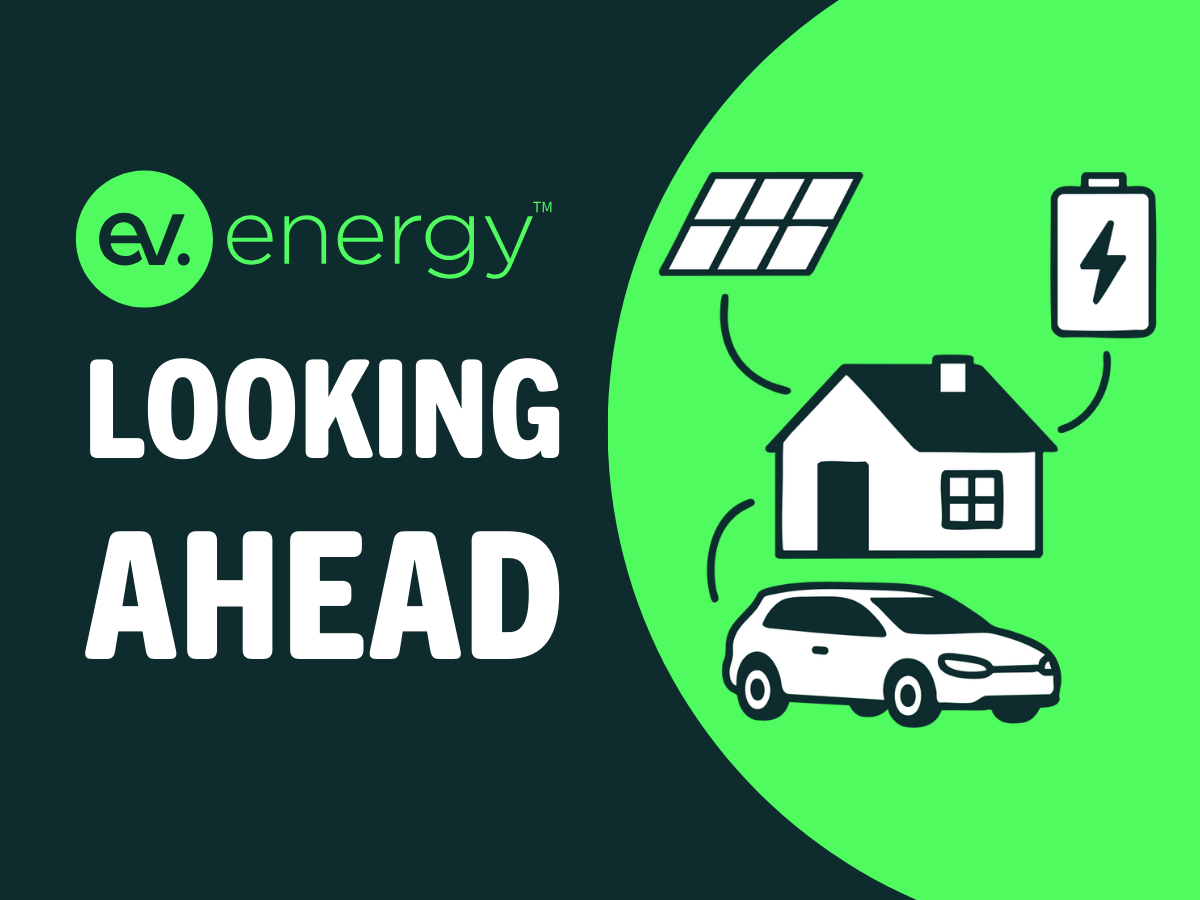




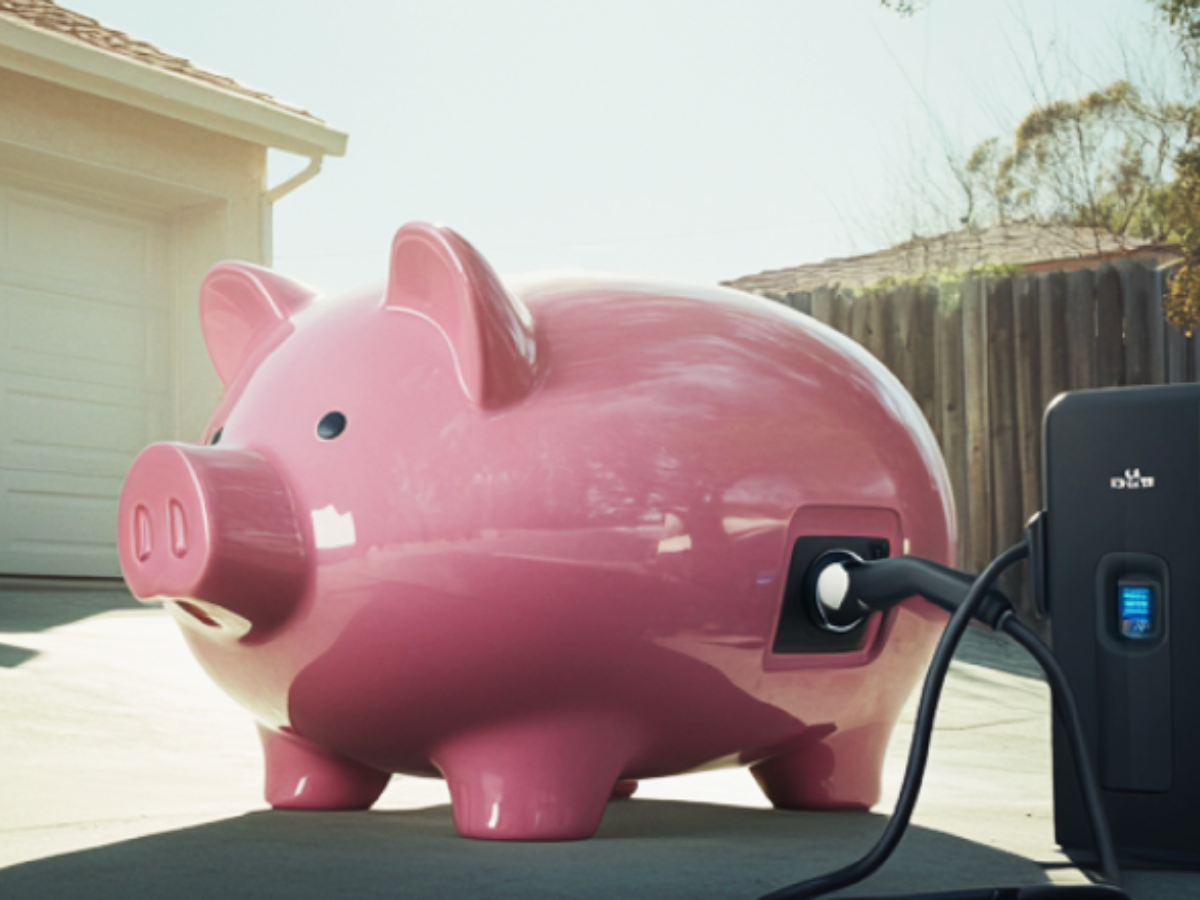







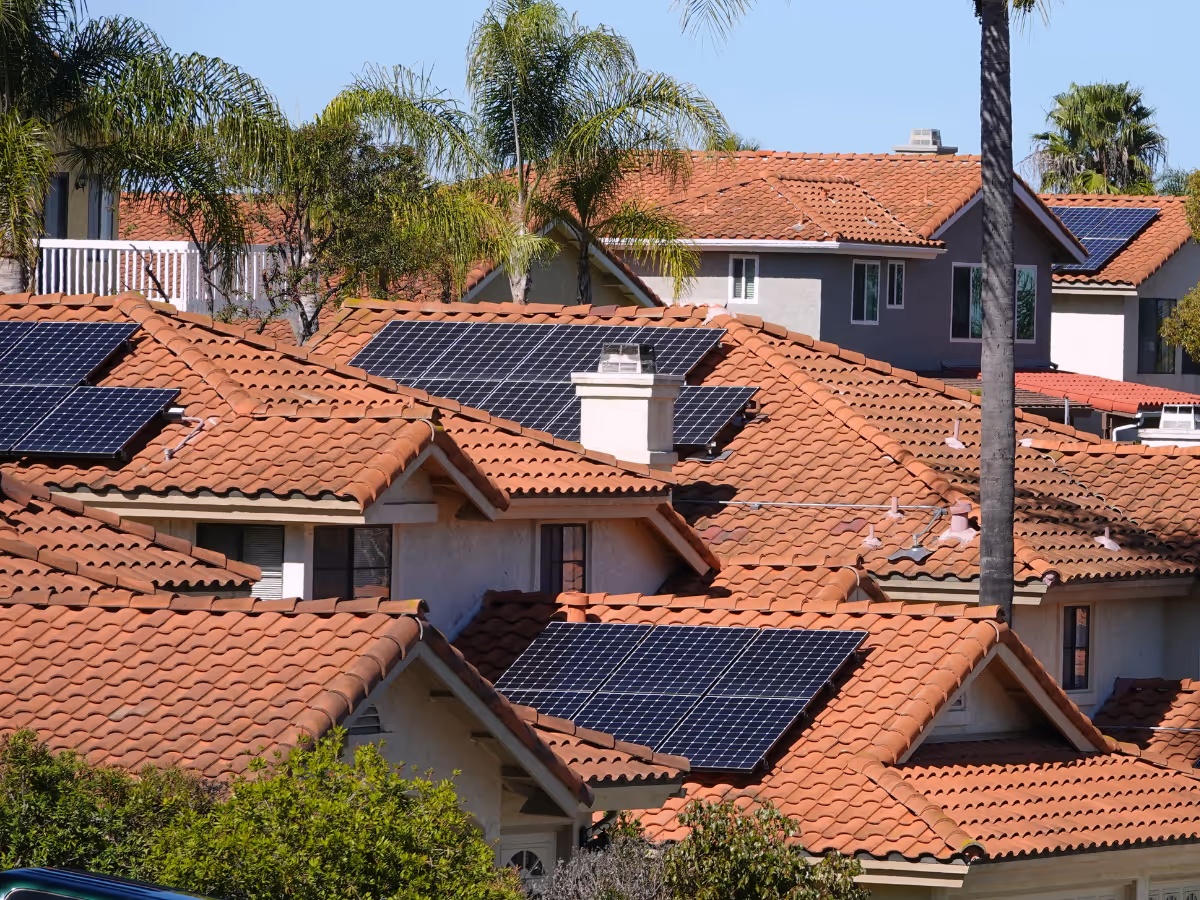


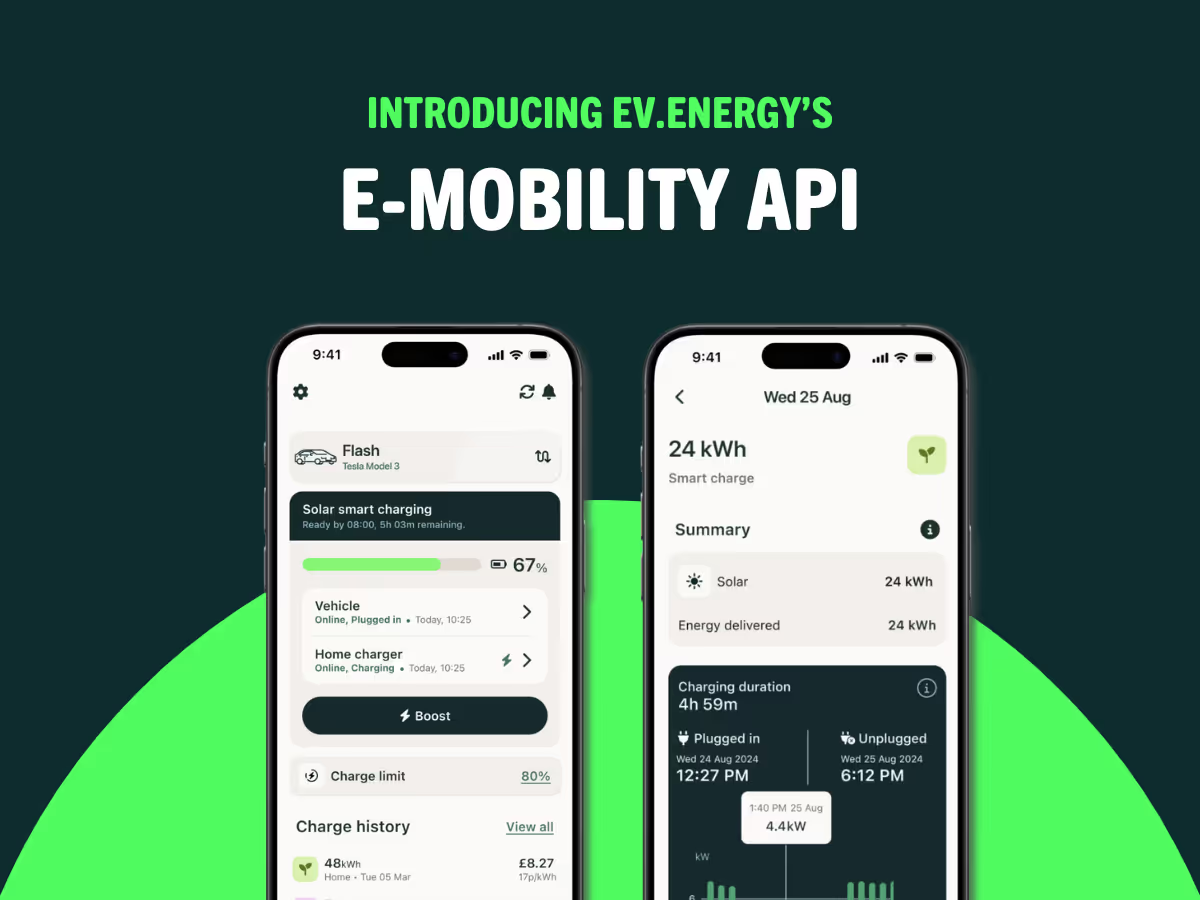















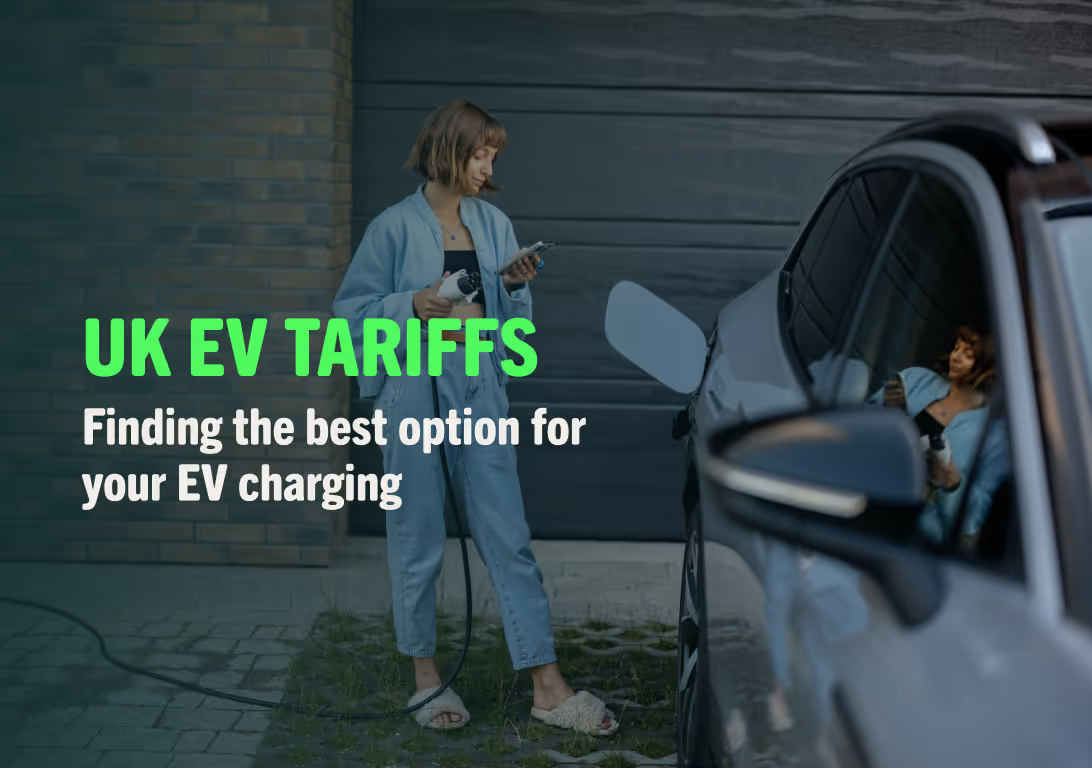








.avif)















































































